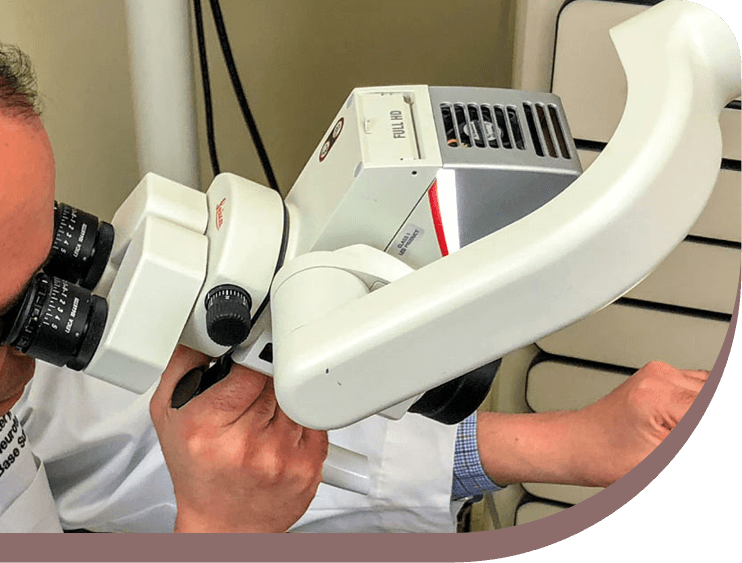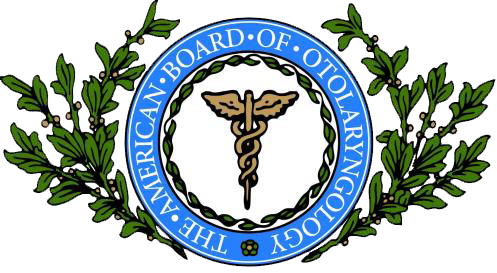
Surgical Management Bell’s Palsy
Surgical Management Bell’s Palsy – About
Bell’s palsy is a rapid facial weakness that occurs. The exact cause is not known. Most cases of Bell’s palsy improve dramatically or resolve completely over weeks to months after the sudden facial weakness. Steroids have been shown to help improve recovery in many cases. Patients who have initially a complete facial paralysis are at higher risk for a long-standing weakness of the facial movement. It has been shown that in cases of Bell’s palsy the facial nerve swells. The nerve travels in a bone canal and as it swells becomes compressed against the bone. The narrowest part of the facial nerve is above the inner ear. In patients who have a complete facial weakness, a surgery may improve long-term facial movement results. This procedure is known as a middle fossa decompression of the facial nerve and involves removing the bone from this narrow portion of the facial nerve to stop the swelling from causing compression and damage to the nerve. Patients need to have their surgery soon (approximately 2 weeks) after their onset of the complete paralysis in order to potentially have benefit. Also specialized electrical tests are needed prior to surgery to verify extreme injury to the facial nerve.
In some cases of Bell’s palsy the eyelid may not close due to the facial weakness. Often this is temporary and only lasts or a few weeks. In other cases it may last longer or be permanent. In such cases placement of a gold weight under the skin of the upper eyelid can help protect the eye from drying out by assisting in closing of the eye. In cases that are not permanent, the weight can be removed later.

Conditions Treated
Follow us


Your Health Starts Here
"*" indicates required fields
